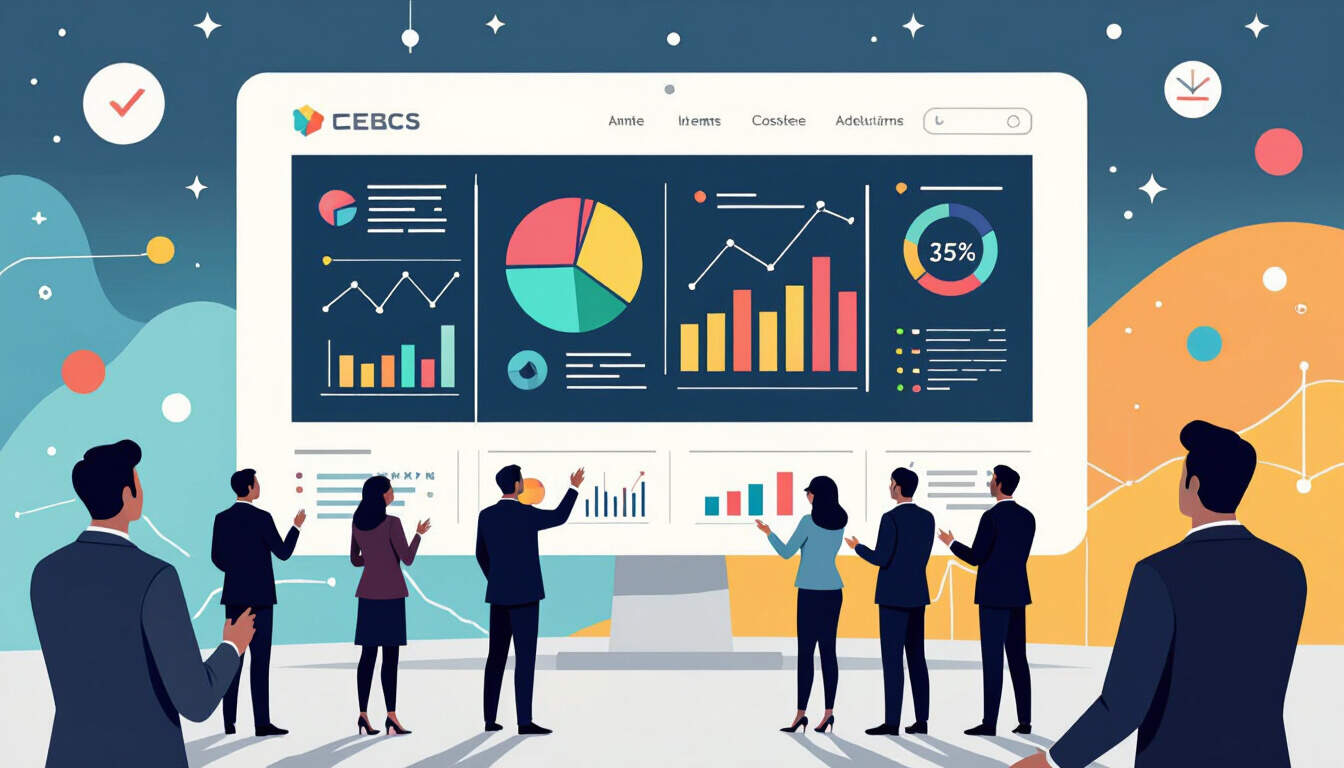The Role of Data Visualization in Streamlining Operations
 by Max Miller
by Max Miller
Data visualization transforms raw data into actionable insights, helping operations teams make informed decisions. By integrating it with automation, businesses can optimize revenue processes and improve efficiency, leading to better outcomes in sales and overall performance. This approach supports strategic planning and resource allocation.

Data visualization serves as a key tool for operations, turning complex datasets into clear, interpretable formats. This method allows teams to identify patterns and trends that drive better decisions. In operations, data visualization helps pinpoint areas for improvement quickly.
For revenue operations, visualizing data can reveal performance metrics that influence sales strategies. Teams use these insights to adjust tactics, ensuring resources are used effectively. Automation plays a vital role here, as it processes data in real-time and presents it visually.
Consider how automation tools integrate with data visualization. These systems collect information from various sources and generate reports automatically. This integration reduces manual effort and minimizes errors, allowing operations specialists to focus on analysis. For instance, automated dashboards provide ongoing updates on key indicators.
In practice, businesses apply data visualization to monitor revenue streams. By examining sales figures through visual aids, executives can spot opportunities for growth. This approach also aids in forecasting, where historical data is displayed to predict future trends.
One effective way to implement this is through software that supports both visualization and automation. Such tools enable seamless data flow and instant updates. Operations teams benefit from features that highlight anomalies or deviations from targets.
Benefits extend to sales teams as well. Revenue operations improve when visual tools show customer engagement levels. This visibility helps in tailoring interactions and boosting conversion rates. Automation ensures that data is always current, supporting timely actions.
To maximize impact, start with defining clear objectives. Focus on metrics that matter most, such as conversion rates or customer retention. Then, select tools that align with these goals. Many platforms offer customizable options for visualization.
Lists can simplify the process:
- Choose user-friendly interfaces for quick adoption.
- Ensure data security to protect sensitive information.
- Train teams on interpreting visuals accurately.
Challenges may arise, like handling large volumes of data. However, with proper automation, these issues become manageable. Visual tools can filter and summarize information, making it easier to digest.
Looking ahead, the use of data visualization in operations will continue to evolve. As technology advances, new methods will emerge, offering even more precise insights. Businesses that adopt these practices early will gain a competitive edge.
In summary, data visualization combined with automation enhances operational efficiency. It empowers teams to make data-driven decisions, ultimately supporting revenue growth and business success.
